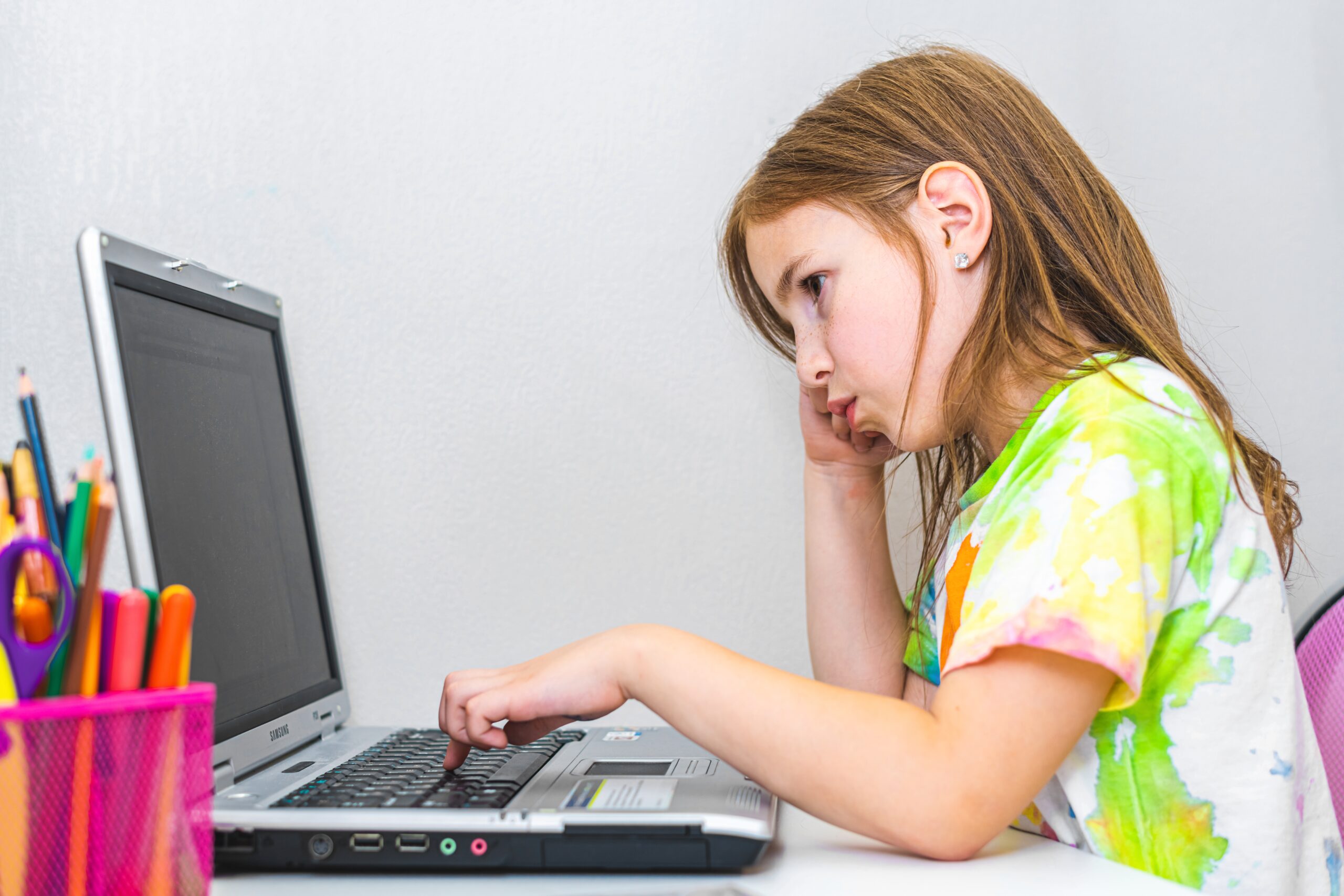
Kids dropping your phone in the toilet? Yeah, we have come a long way from the good old tech troubles. Today, your child’s classroom might be a Chromebook. Their friend groups? A couple of group chats. And their assignments? Uploaded to the cloud.
Welcome to digital parenting — the version with screen time battles, cyberbullying alerts, and a daily negotiation over what “educational use” really means.
Let’s be honest — this isn’t easy. But you don’t need a tech degree to help your kids stay safe online. You just need a game plan.
Here’s how to build a safer, smarter digital environment at home, with a mix of real-life parenting habits and practical tech tools.
Understand the Digital World Your Kids Live In

Today’s kids don’t “go online.” They live there.
From remote learning and YouTube study tutorials to social media and multiplayer games, their worlds blend learning and leisure constantly. And while that opens up amazing opportunities, it also introduces a new batch of risks — like:
- Exposure to inappropriate content
- Cyberbullying
- Privacy risks
- Screen time overload
According to a 2025 survey by the Family Digital Wellness Institute, over 72% of children aged 8 to 15 spend more than four hours online daily, mostly split between schoolwork,
games, and messaging apps. That’s a lot of time — and a lot of places things can go sideways.
Start With This: Talk, Don’t Monitor (Yet)

The best tech filter? Your relationship with your child.
Before installing anything or setting limits, start with real conversations. Ask:
- “What do you like doing online?”
- “Have you ever seen anything that made you uncomfortable?”
- “What do your friends talk about online?”
Let them know you’re not trying to catch them — you’re trying to understand them.
Why it matters: Kids who feel safe talking to their parents are more likely to catch red flags like bullying, creepy DMs, or unsafe content. Keep the door open early, so it stays open when it counts.
Set Boundaries — Together

No one likes rules shoved down their throat. Instead, co-create a simple family tech agreement.
- Agree on screen-free zones (bedroom, dinner table, etc.)
- Choose reasonable time limits — and let them help decide
- Prioritize why they’re online — school comes first, fun follows
- Include your own goals — like no scrolling during homework check-ins
Need help? Tools like Google’s Family Link or Apple Screen Time let you set daily app limits, approve downloads, and track usage. Just don’t rely on the tech to do the parenting. Use it to support the plan you built.
Use Parental Controls That Actually Work

You can’t watch every click — and you shouldn’t have to.
Here are three parental control tools parents like in 2025:
Qustodio
- Filters inappropriate content across devices
- Tracks app use and web activity
- Sends real-time reports you’ll actually read
Bark
- Uses AI to detect red flags in texts, chats, social media
- Sends alerts for bullying, predators, or risky content
- Great for tweens and teens with phones
Net Nanny
- Smart filtering + screen time scheduling
- Real-time monitoring without being creepy
- Known for its reliability and ease of use
These tools aren’t about spying. They’re about building digital training wheels — so your child learns to ride safely before you let go completely.
Spotting and Stopping Cyberbullying

Here’s a stat that hits hard: Almost 1 in 6 kids between 11–15 reported being cyberbullied (Source: WHO, 2024). And that number’s growing.
Signs to watch for:
- Sudden mood shifts after screen time
- Avoiding specific apps or online platforms
- Hesitation to share what’s happening on their devices
If something feels off, talk first — ask open-ended questions, not accusations.
And if there is bullying, take screenshots, report it to the platform, and support your child emotionally and practically. Many schools now have digital safety officers — use them.
Teach Them to Think Before They Click

Even if you’re not tech-savvy, you can still raise smart digital citizens. Teach your child:
- What NOT to share (real names, addresses, school info, etc.)
- How to spot a fake message or scam
- Why “delete” doesn’t always mean gone
- That their digital footprint is forever
Make these talks a regular thing — not a one-time lecture.
Stay in the Loop (Without Losing Your Mind)
Digital trends move fast. No one expects you to be an expert, but it helps to stay curious.
- Ask your child to show you how a new game works
- Follow a parenting tech blog or subscribe to a newsletter like Common Sense Media
- Set aside 10 minutes a week to check app store charts or trending platforms
Your interest doesn’t have to be perfect — just present.
Finally…You’re Not Supposed to Have All the Answers

Digital parenting isn’t about knowing every app or blocking every threat. It’s about showing up consistently, setting thoughtful boundaries, and creating a space where your child can grow — and mess up — safely.
Use the tools. Have the talks. Adjust as they grow.
You’re not trying to raise a perfectly filtered kid. You’re raising a smart, confident human who knows how to navigate the internet — and life — with awareness and resilience.



